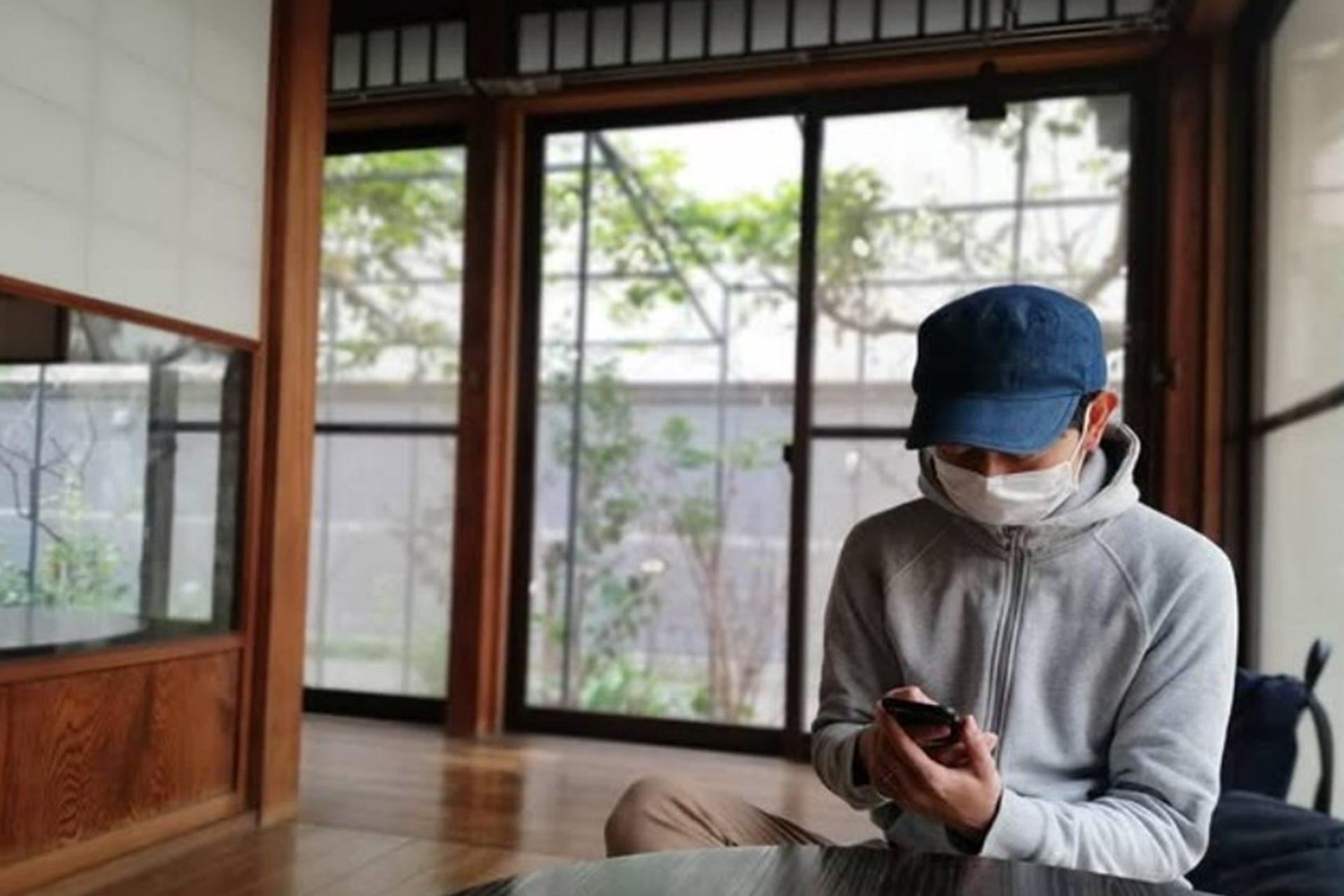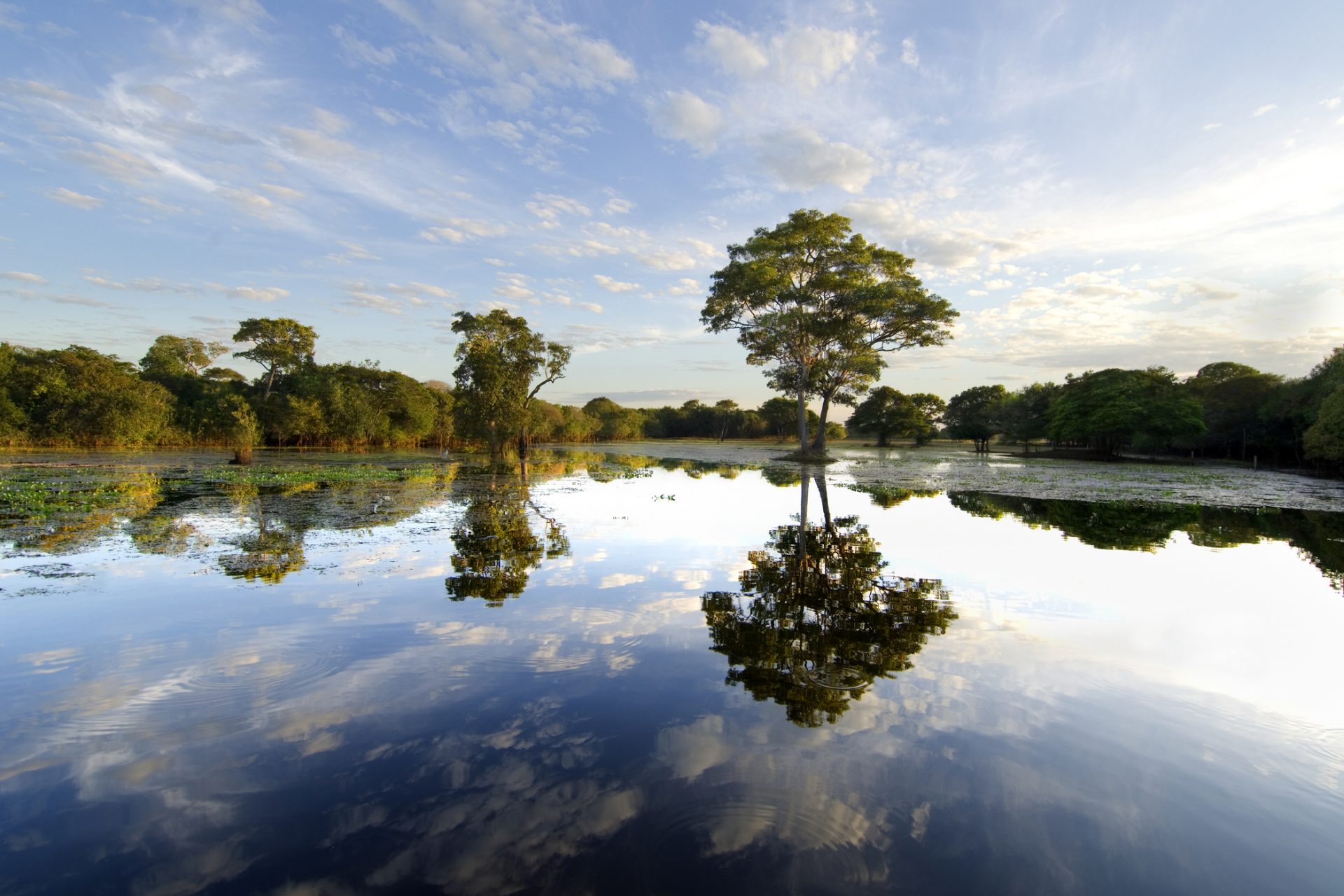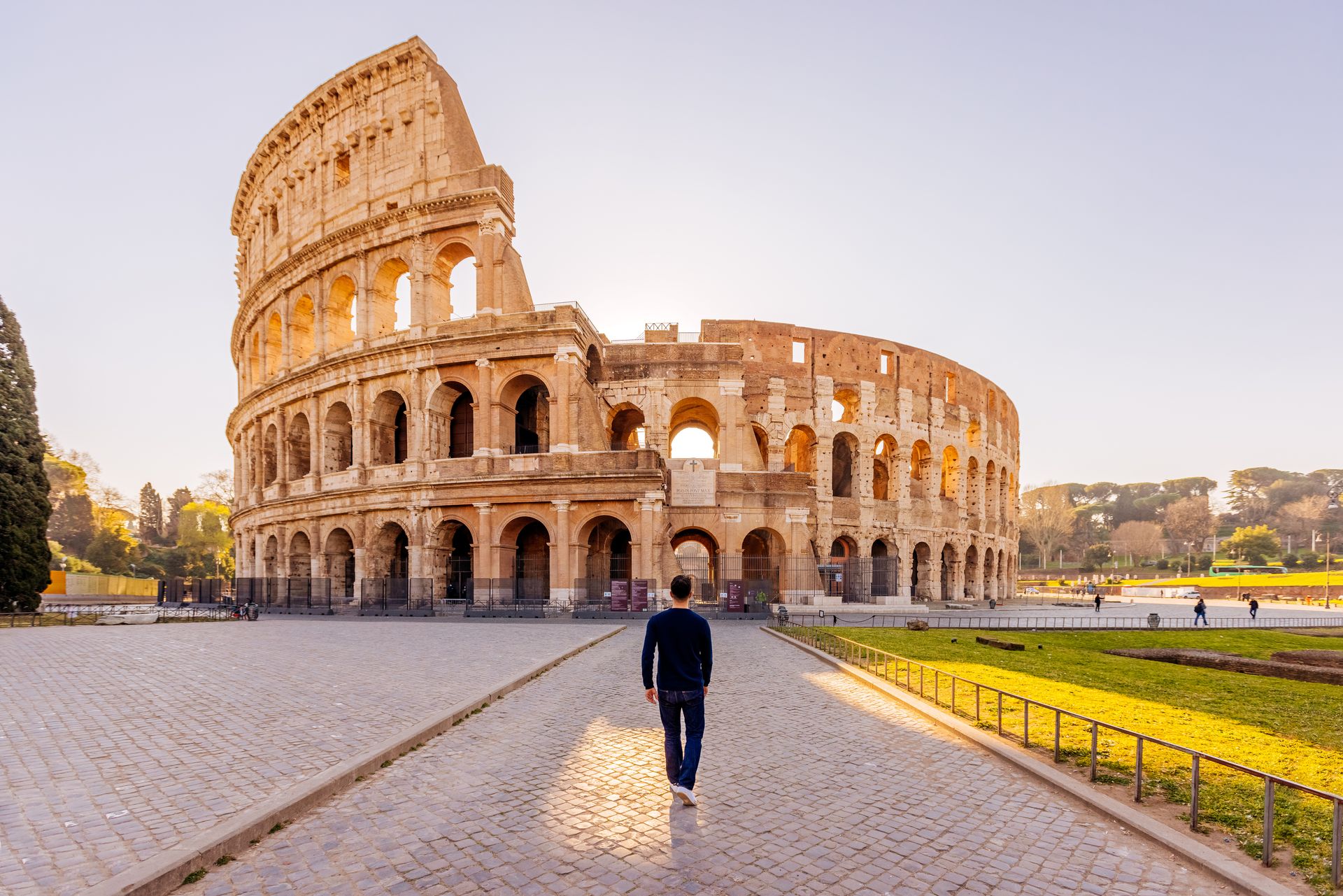The Day of the Dead in Mexico, Cambodia, and other places in the world
Worldwide, the first days of November have been designated as dates to pay extra respect to our loved ones who passed away. On November 1, deceased children are honored, while the second is about all the dead, including adults.
In Mexico, the early days of November have been celebrated with the Day of the Dead for over 3,000 years. It goes back to the time when the Aztecs, Mayans, Purépechas, Nahuas, and Totonacas practiced rituals to honor their ancestors.
Photo: ernestordzglz / Pixabay
The figure of the goddess Mictecacíhuatl, better known as 'the lady of death' from that time, is currently represented by 'Catrina,' a character created by the Mexican illustrator José Guadalupe Posada, over 100 years ago.
Photo: Alex Meza / Unsplash
In pre-Columbian times, indigenous peoples kept the skulls of the dead as trophies to use during sacrificial rituals, as a way of representing rebirth. Currently, they are made of sugar!
Photo: Jeremy Lwanga / Unsplash
Nowadays, in Mexico, both children and adults who died are remembered on the same day: November 2nd. This tradition comes from the pre-Hispanic era when native people believed in 'Mictlán', a place that was divided into houses that were arrived at according to the way of dying.
Photo: Mario Rodriguez / Unsplash
The ancient peoples of the region believed that those who died on the battlefield entered the 'Tonatiuh Ichan' (house of the sun) and children went to the 'Cincalco' (house of the god Tonacatecutli).
Photo: Marv Watson / Unsplash
The offerings were placed next to the body of the deceased so he could eat before starting his journey. The tradition endures in Mexico and other Latin American countries.
Native people also performed ceremonies next to the ashes or body of the deceased because they believed it was a way of helping their souls to rest.
Photo: Nick Fewings / Unsplash
Another element linked to this date is incense. At the time of pre-Columbian peoples, the object was used to guide the path of the dead to the light by smell.
Photo: Match Sùmáyà / Unsplash
The flower, widely used in Mexico to decorate altars and tombs, served to create a more marked path for the spirits.
Photo: Roger Ce / Unsplash
In Mexico, a special type of bread is common for this date. Its origin is linked to human sacrifices in the rituals of ancient native peoples. It represents the heart of a princess.
Photo: Gerardo Covarrubias / Unsplash
With the arrival of the Spaniards on the American continent, the practice was abolished and a heart-shaped, red bread replaced the actual heart.
Photo: Fernanda Martinez / Unsplash
In the Pomuch community in southeastern Mexico, it is common to see people extracting bones from where they are kept to clean them. This tradition also comes from pre-Hispanic times and is considered a gesture of love.
Photo: jhraskon / Pixabay
While in Yucatan (Mexico), people often tie up their dogs so they don't scare away souls.
Photo: Ralph Spandl / Unsplash
In Oaxaca (Mexico), the dance of the Huehues is a tradition that is still alive. Movements that link the living and the dead, are made by dancers dressed in ancestral clothes, hats, and wooden masks.
Photo: Marlon Lara / Unsplash
As in Mexico, the dead are remembered with great festivities. Guatemalans often fly kites made by the deceased's families.
It is believed that this tradition came from Spain and is intended to make an offering to the dead.
Photo: Bee Felten-Leidel / Unsplash
Moving away from Latin America, Cambodia is another country where the dead are remembered with important rituals. Pchum Ben is one of the most popular holidays in the country.
Photo: Paul Szewczyk / Unsplash
The date for the holiday varies according to the Khmer year. It usually falls in September or October of the Gregorian calendar.
Photo: Alexander / Unsplash
For approximately 15 days, Cambodians celebrate the opening of the gates of hell, when souls mingle with the living to be guided towards the right path.
Here, you can see how people pour water on a Buddha statue as they pray during the Pchum Ben festival at a pagoda in Phnom Penh.
































